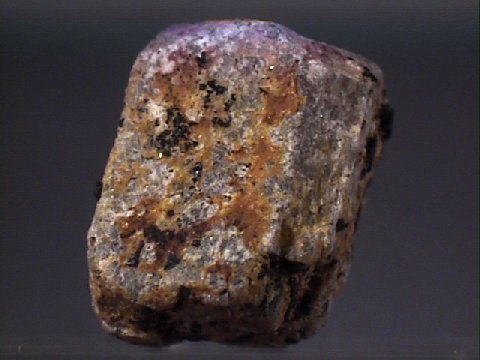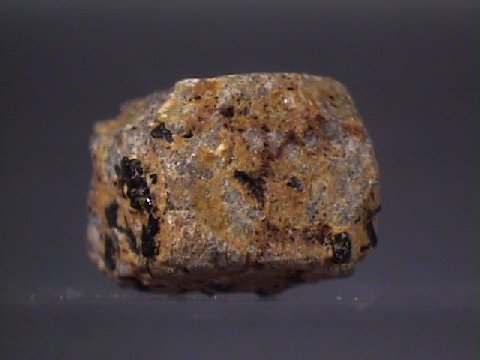 THE MINERAL ANORTHITE
THE MINERAL ANORTHITE
- Chemistry: CaAl2 Si2 O8, Calcium aluminum silicate.
- Class: Silicates
- Subclass: Tectosilicates
- Group: Feldspars
- Uses: only as mineral specimens.
Specimens
Anorthite is an end member and one of the rarer members of the plagioclase series. The plagioclase series comprises minerals that range in chemical composition from pure NaAlSi3 O8, Albite to pure CaAl2 Si2 O8 , anorthite. Anorthite by definition must contain no more than 10% sodium and no less than 90% calcium in the sodium/calcium position in the crystal structure. The various plagioclase feldspars are identified from each other by gradations in index of refraction and density in the absence of chemical analysis and/or optical measurements.
All plagioclase feldspars show a type of twinning that is named after albite. Albite Law twinning produces stacks of twin layers that are typically only fractions of millimeters to several millimeters thick. These twinned layers can be seen as striation like grooves on the surface of the crystal and unlike true striations these also appear on the cleavage surfaces. The Carlsbad Law twin produces what appears to be two intergrown crystals growing in opposite directions. Two different twin laws, the Manebach and Baveno laws, produce crystals with one prominant mirror plane and penetrant angles or notches into the crystal. Although twinned crystals are common, single crystals showing a perfect twin are rare and are often collected by twin fanciers.
PHYSICAL CHARACTERISTICS:
- Color is usually white, gray or colorless but can be pale shades of other colors.
- Luster is vitreous to dull if weathered..
- Transparency crystals are translucent to opaque and only sometimes transparent.
- Crystal System is triclinic; bar 1
- Crystal Habits include blocky, or tabular crystals. Rarely are free crystals seen but they have a nearly rectangular or square cross-section with slanted dome and pinacoid terminations. Twinning is almost universal in all plagioclases. Crystals can be twinned according to the Albite, Carlsbad, Manebach and Baveno laws. Anorthite is usually found in contact metamorphic limestones and as a constituent in mafic igneous rocks.
- Cleavage is perfect in one and good in another direction forming nearly right angled prisms.
- Fracture is conchoidal.
- Hardness is 6 - 6.5.
- Specific Gravity is approximately 2.76 (average)
- Streak is white.
- Associated Minerals are biotite, augite, hornblende and pyroxenes.
- Other Characteristics: index of refraction is 1.575 to 1.591. Lamellar twinning may cause a grooved effect on cystal and cleavage surfaces that appear as striations.
- Notable Occurrences include Lake Co, California; Franklin, New Jersey and Italy.
- Best Field Indicators are occurence, twinning striations, density and index of refraction.



